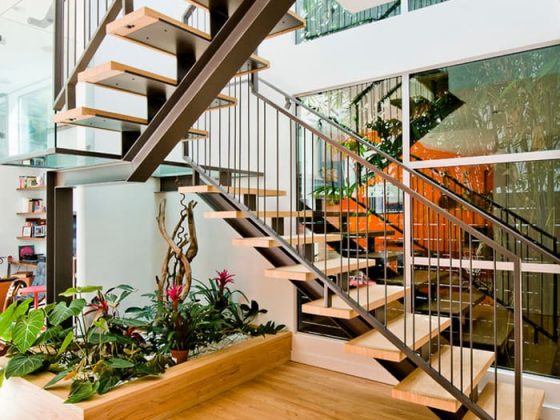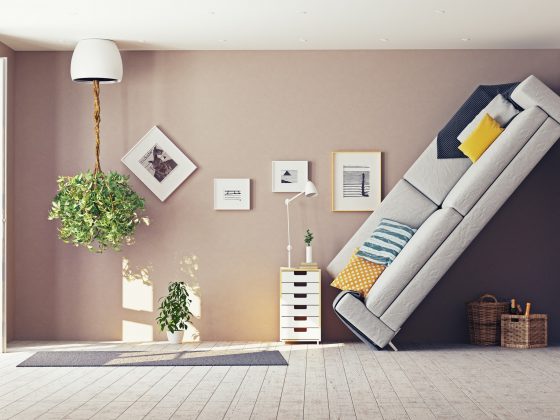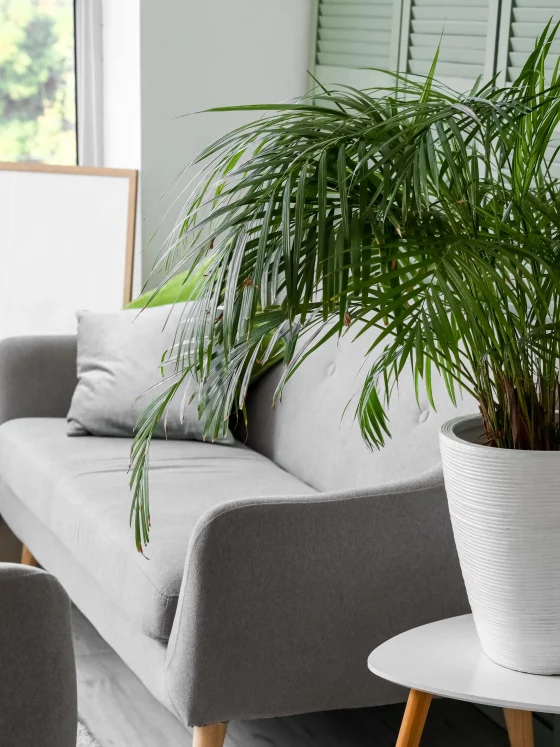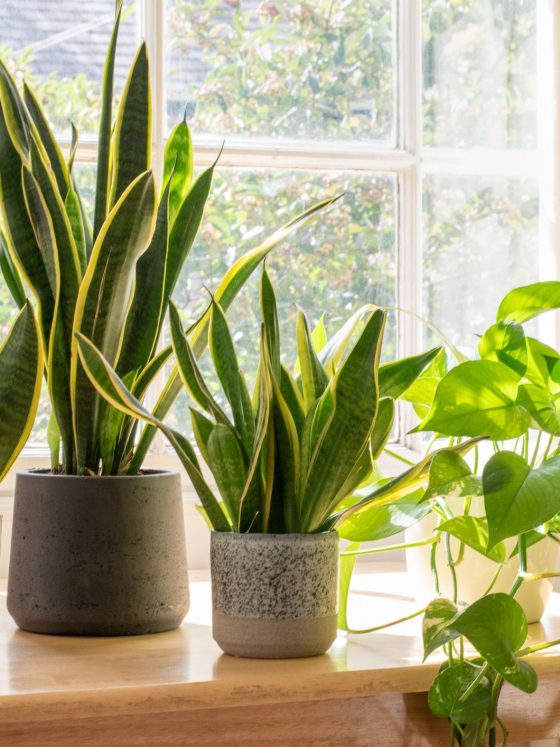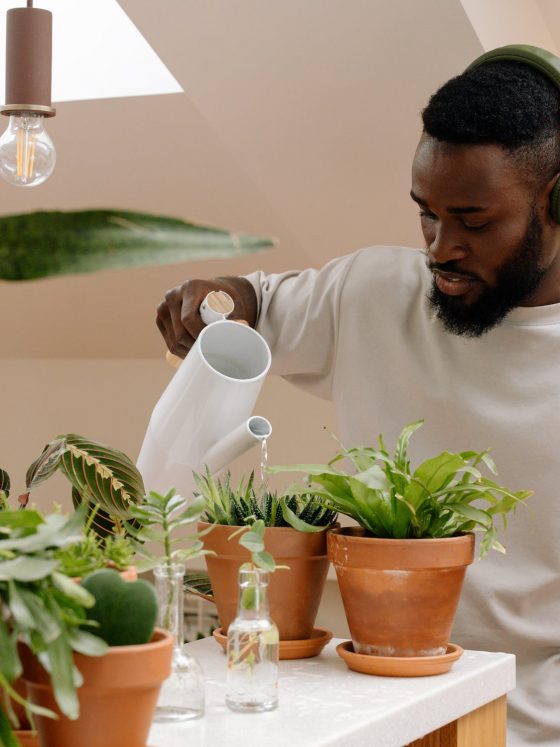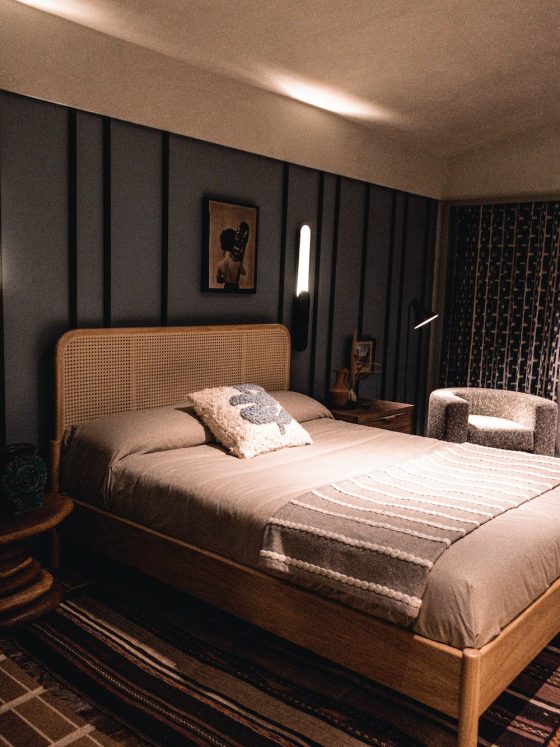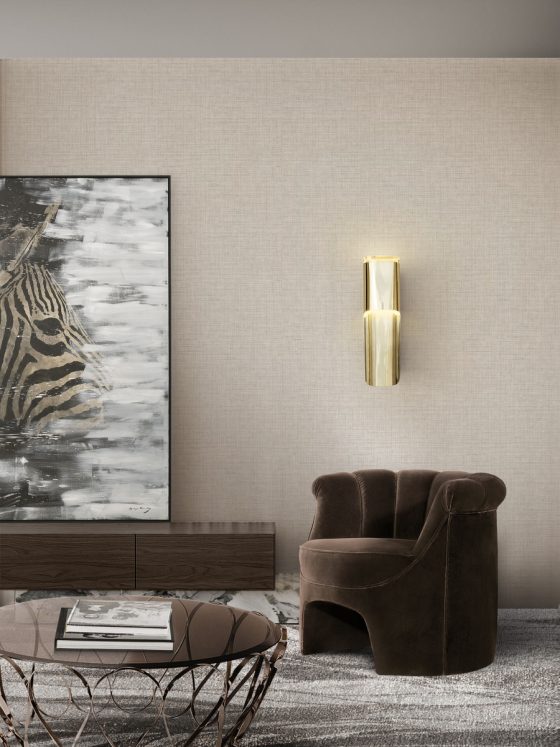Whether you are a seasoned decorator or just starting to explore the world of interior design, there are some fundamental rules that can elevate the aesthetics of any space. From selecting the perfect colour palette to mastering the art of furniture arrangement, understanding these interior design principles can make a world of difference in creating a harmonious and inviting ambience. These timeless tips will serve as your trusted guide to achieving a captivating and well-balanced home interior.
Respect the Rule of Odd Numbers
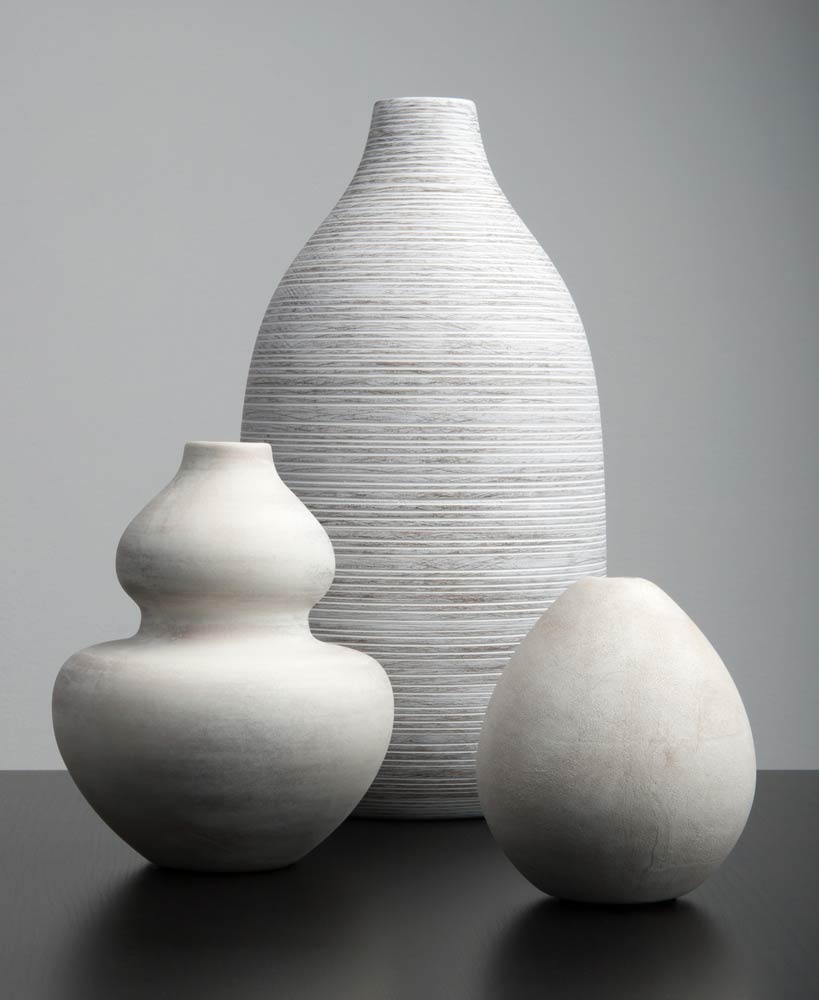
The rule of three, five, or any odd number is a fundamental design principle. A trio of vases, an odd number of picture frames, or an asymmetrical furniture arrangement can lend intrigue and dynamic energy to your spaces. This rule is all about creating visual tension that can captivate the eye.
Know Your Colour Wheel
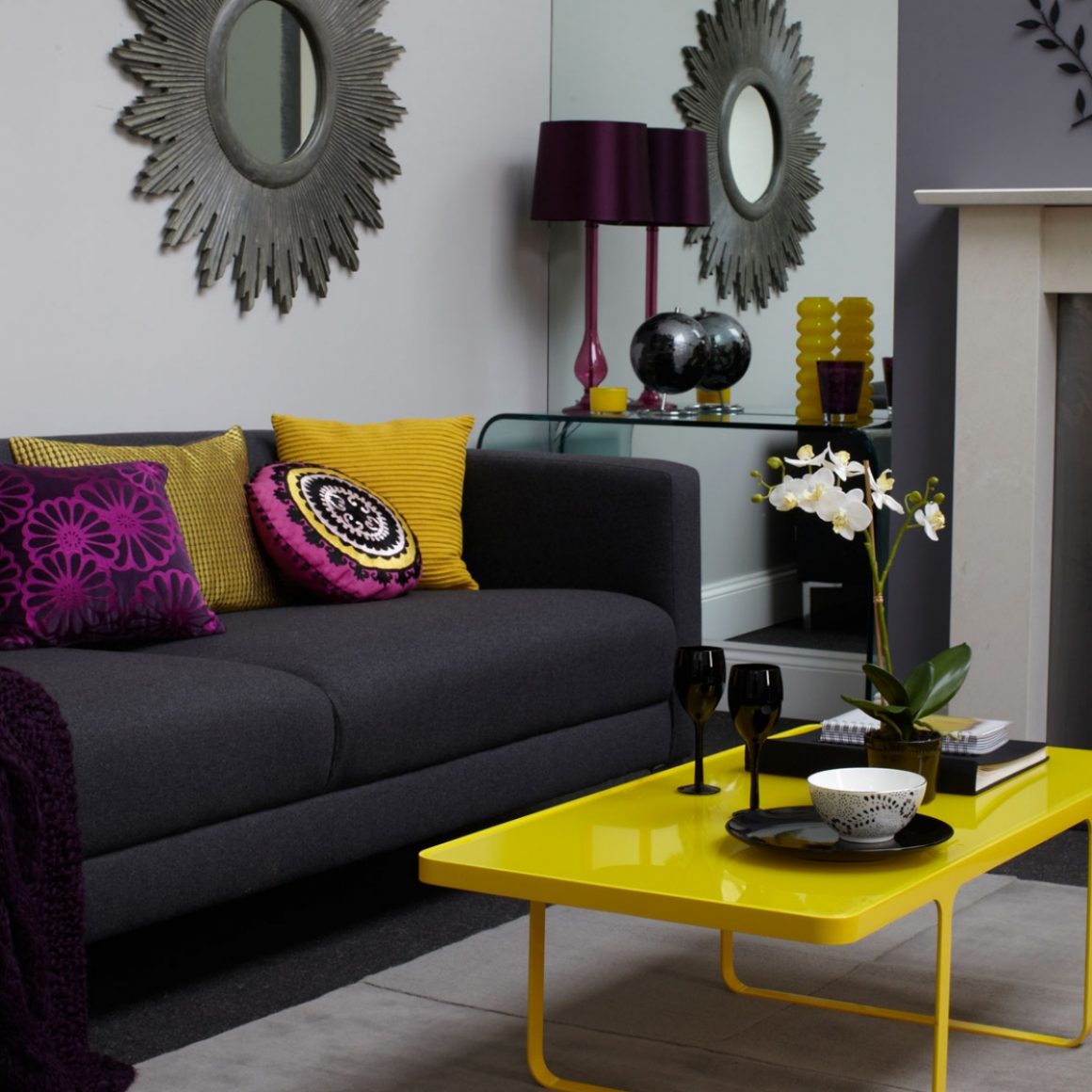
Grasping colour theory is pivotal in the realm of interior design. The 60-30-10 rule is a classic: use 60% of a dominant colour, 30% of a secondary colour, and 10% of an accent colour for an aesthetically pleasing palette. While adventurous souls may venture into more complex colour schemes, beginners should stick to monochromatic schemes for a foolproof start.
Mix it Up

Why restrict yourself to a single style when you can harmonise a variety? Feel free to blend old and new, rustic and modern, eclectic and minimalist, as long as there’s a common thread—be it colour, material, or motif—running through each piece to unify the space.
Function First
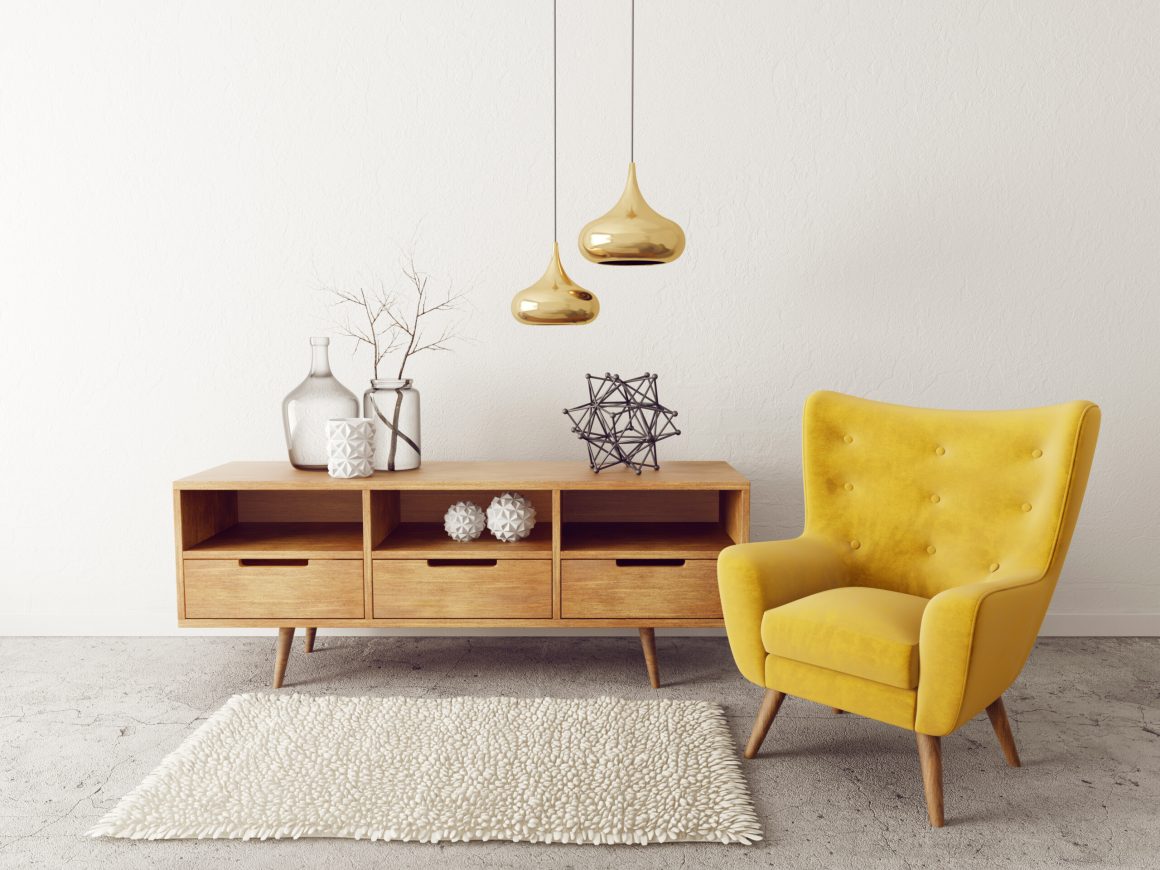
Design should not only delight the eye but also serve the resident. Prioritise purpose and comfort, ensuring that every piece of furniture or decor in the room serves a useful role. Try to consider each room’s function first before deciding on its aesthetic.
Scale and Proportion
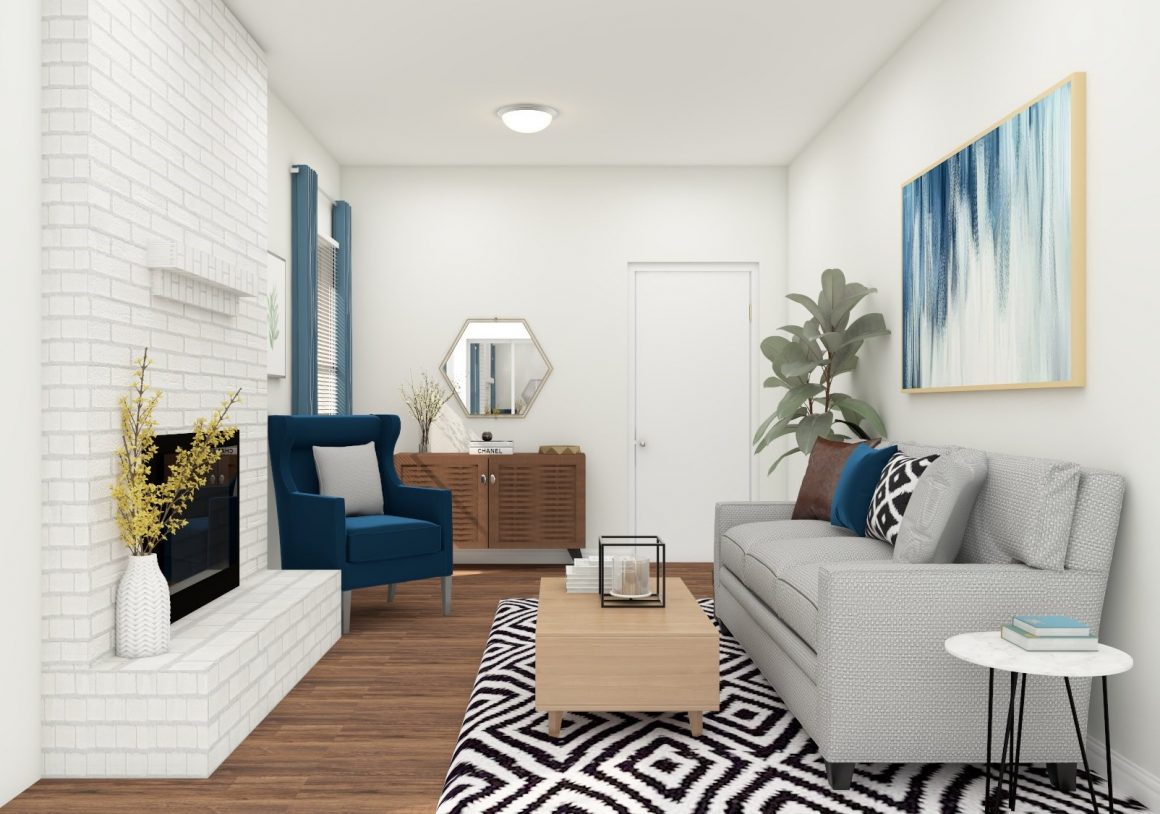
Keep a watchful eye on scale and proportion. Too many large pieces can overpower a room, while an abundance of tiny objects can make it feel cluttered. Strike a balance between large, medium, and small items, ensuring that each piece complements the others in the room.
Light is Essential
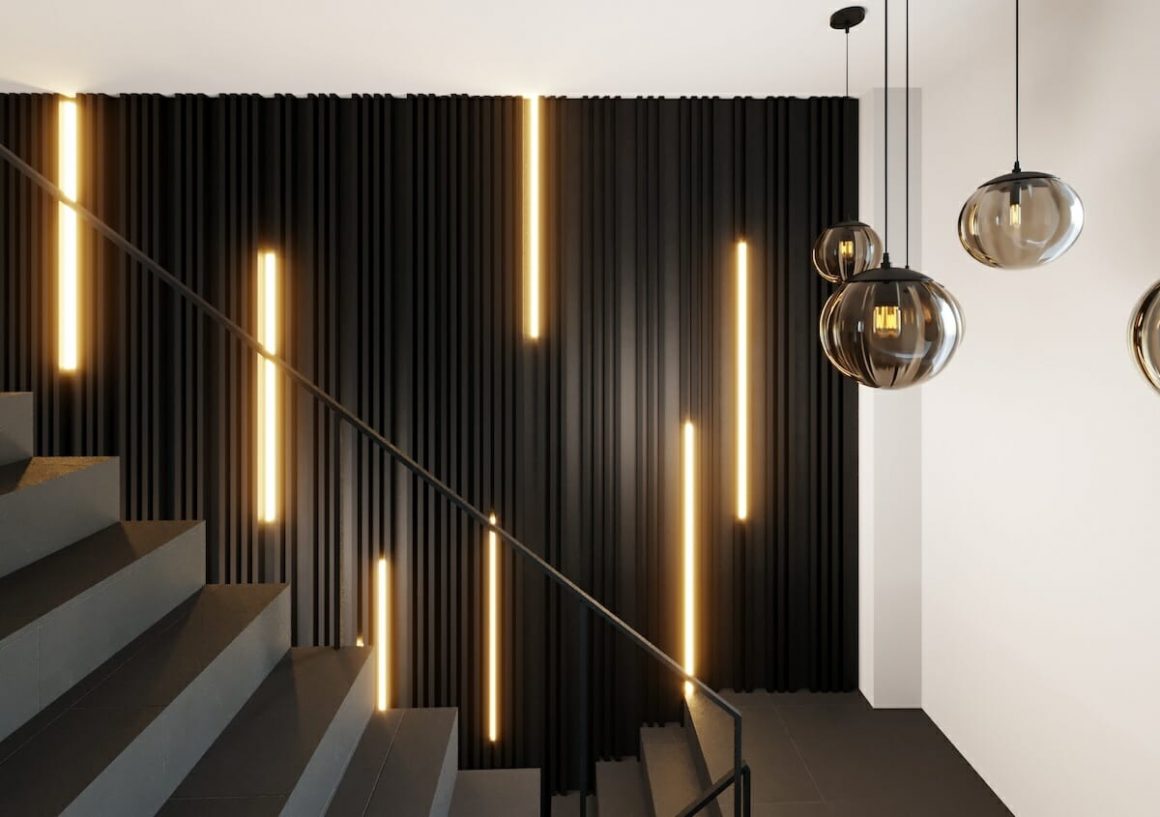
Never underestimate the power of good lighting. It can accentuate, create mood, and even transform the overall ambience of a room. Layer your lighting to create a warm, inviting space. This includes a blend of task, accent, and ambient lighting.
Negative Space is Your Friend
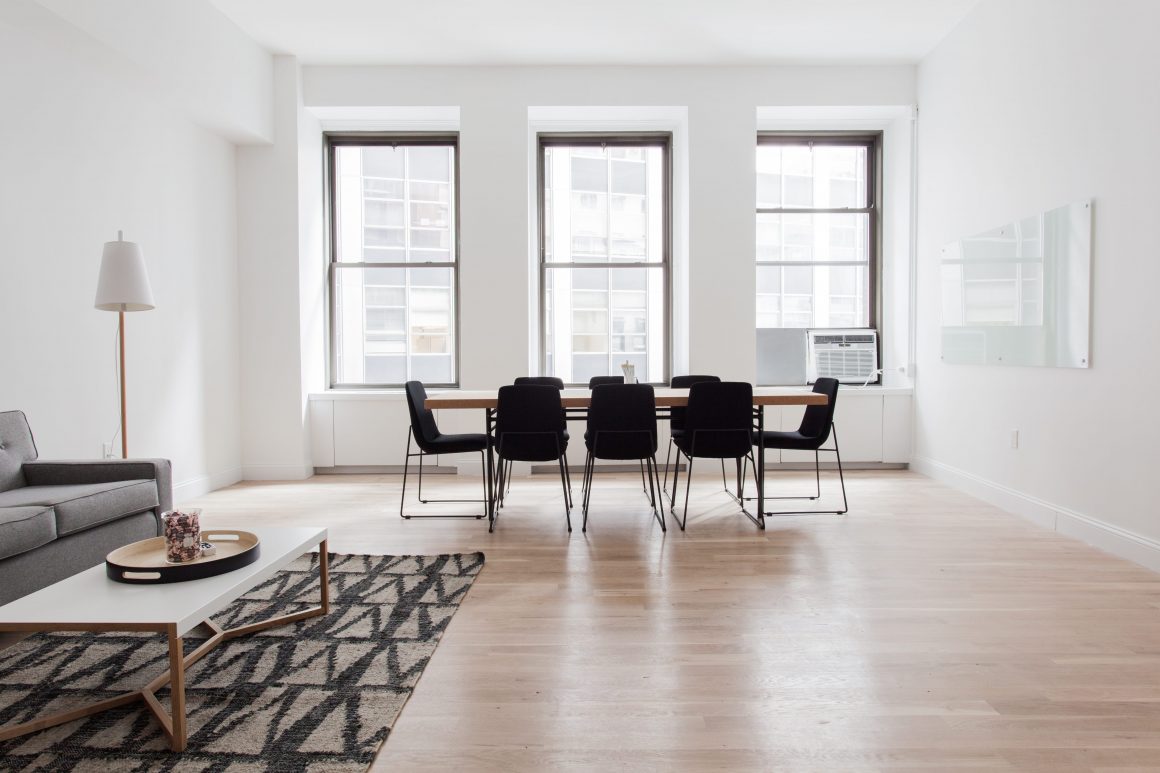
Remember, every inch of your space doesn’t need to be filled. Negative space—or ‘breathing room”—can bring balance and emphasis to the design elements you want to highlight. It’s okay to leave some corners or walls bare; it’s the pause that gives the melody its beauty.
Break the Rules
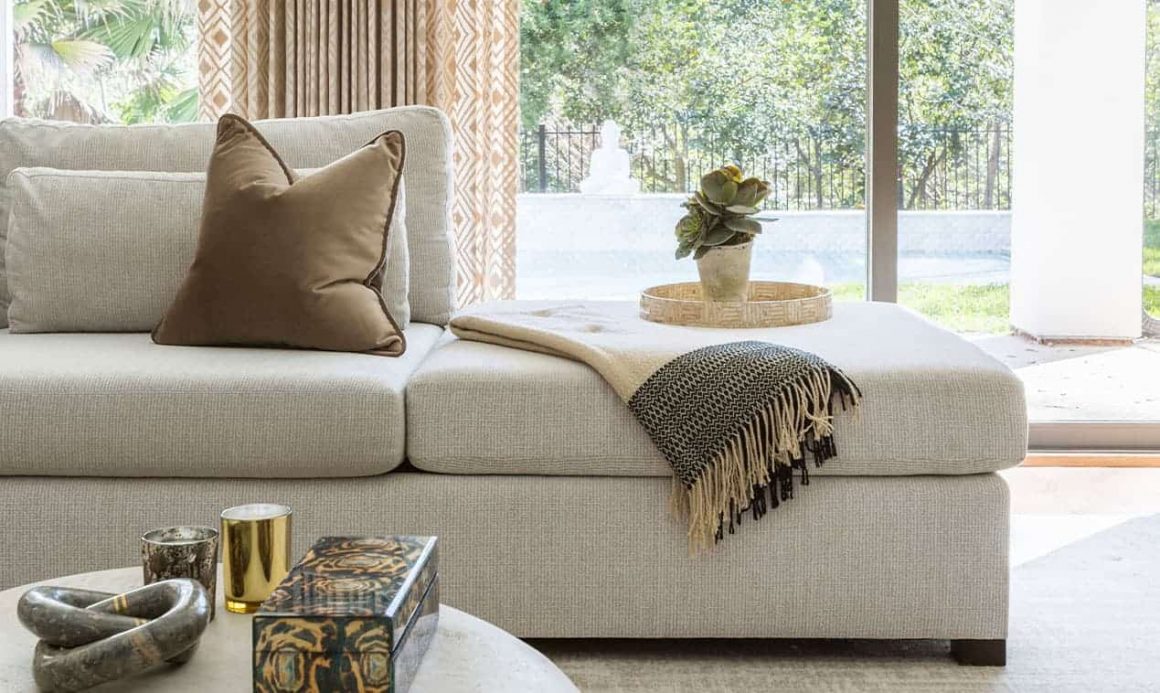
Perhaps the most paradoxical rule is this: don’t be afraid to break the rules. Your home is a reflection of your personality. Don’t let stringent guidelines stifle your creativity. If it makes you happy, it has a place in your space.
Have a Focal Point
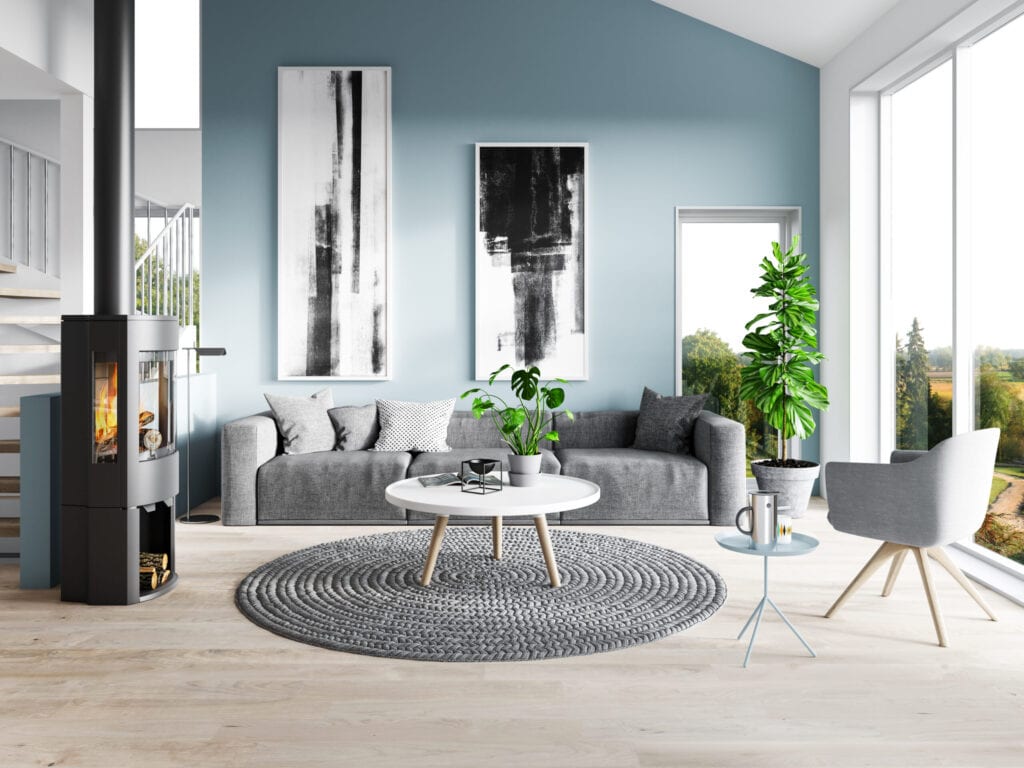
Every room needs a focal point that immediately draws the eye. This could be a piece of furniture, an artwork, a feature wall, etc. This gives the room a sense of direction and can help guide further design decisions.

